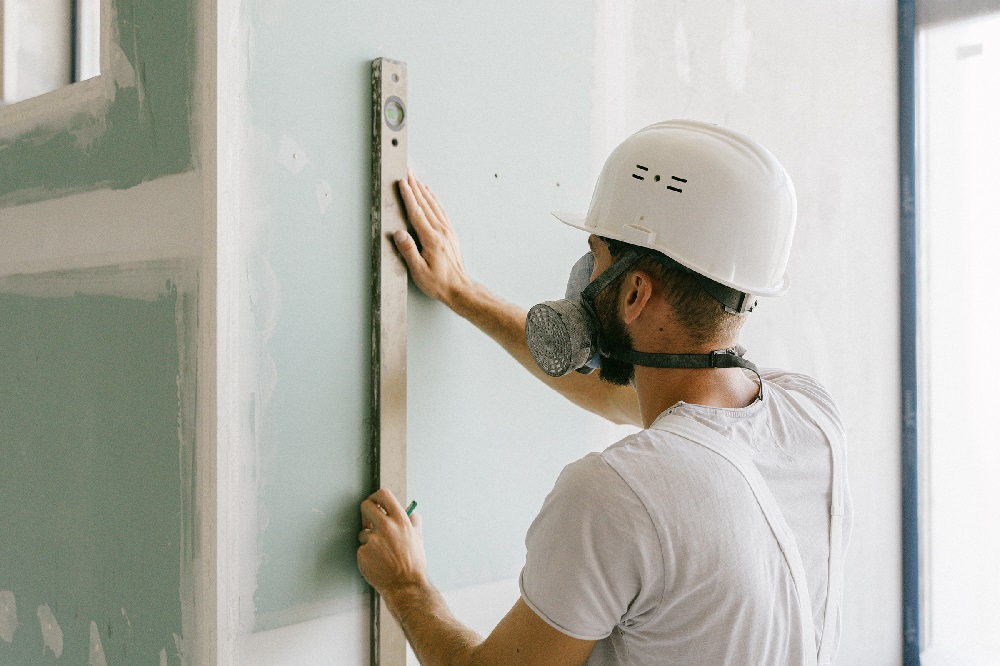Experiencing a flood in your home is a devastating and overwhelming situation. The aftermath of a flood requires careful and systematic restoration to mitigate the damage and restore your home to its pre-flood condition.
Ensure safety
Before beginning any restoration work, prioritize safety. Turn off the electricity and gas supply to your home to prevent electrical hazards and gas leaks. Wear appropriate personal protective equipment such as gloves, masks, and boots when entering the flooded area. If the flooding is extensive or poses significant risks, consider seeking professional assistance. Documenting the damage is crucial for insurance purposes and keeping track of the Water & Flood Damage Restoration Melbourne progress. Record photos and videos of the damaged structures, furniture, and personal belongings. Make a detailed inventory of damaged items and their approximate value. This documentation will support your insurance claim and aid in the restoration process.
Remove standing water
Pumps, wet vacuums, and buckets can be used to remove water. As you work your way up your home, start at the lowest point. Dispose of the extracted water properly, following local regulations and guidelines. After removing the standing water, thoroughly dry the affected areas to prevent further damage and inhibit mold growth. Open windows and doors to promote airflow. Dehumidifiers, fans, and other equipment can facilitate drying. Pay extra attention to hidden areas such as wall cavities and under flooring, as they are prone to retaining moisture. Assess your belongings and determine which items are salvaged and which are beyond repair. Salvageable items should be cleaned and disinfected to remove any contaminants. Wash clothing, fabrics, and soft furnishings using hot water and appropriate cleaning agents. For valuable or sentimental items, consult Water Damage Restoration Melbourne services.
Remove damaged materials
Identify and remove any damaged materials that cannot be salvaged, such as saturated carpets, insulation, drywall, and furniture beyond repair. Mold growth occurs rapidly on porous materials, so prompt removal is essential to prevent further damage and health hazards. Dispose of the damaged materials following local regulations. Floodwater often leads to mold and mildew growth, which pose health risks and further damage your home. Inspect the affected areas for signs of mold and treat them accordingly. Wear protective gear and use appropriate cleaning solutions or hire professional mold remediation services to ensure thorough and safe mold removal.
Restore structural elements
Once the affected areas are dry and free from mold, it’s time to restore the structural elements of your home. Replace damaged drywall, insulation, and flooring as necessary. Repair or replace electrical systems, plumbing, and HVAC components affected by the flood. Engage Flood Damage Restoration Melbourne for structural repairs to ensure safety and adherence to building codes. After the necessary repairs, it’s time to refresh the appearance of your home. Repaint walls, ceilings, and trim to restore the aesthetics. Consider using mold-resistant paint in areas prone to moisture. Refinish or replace damaged furniture, cabinets, and woodwork to complete the restoration process.

